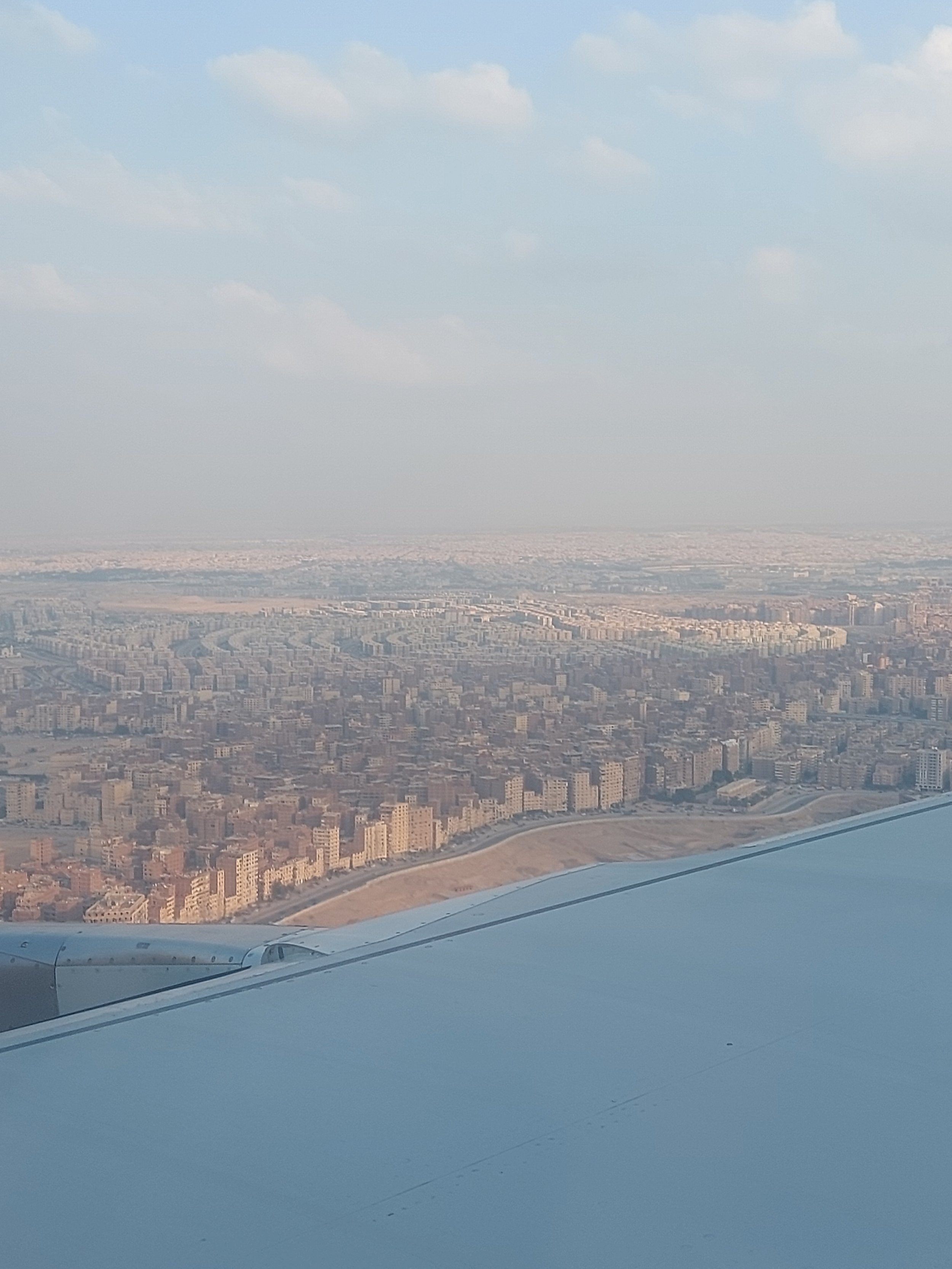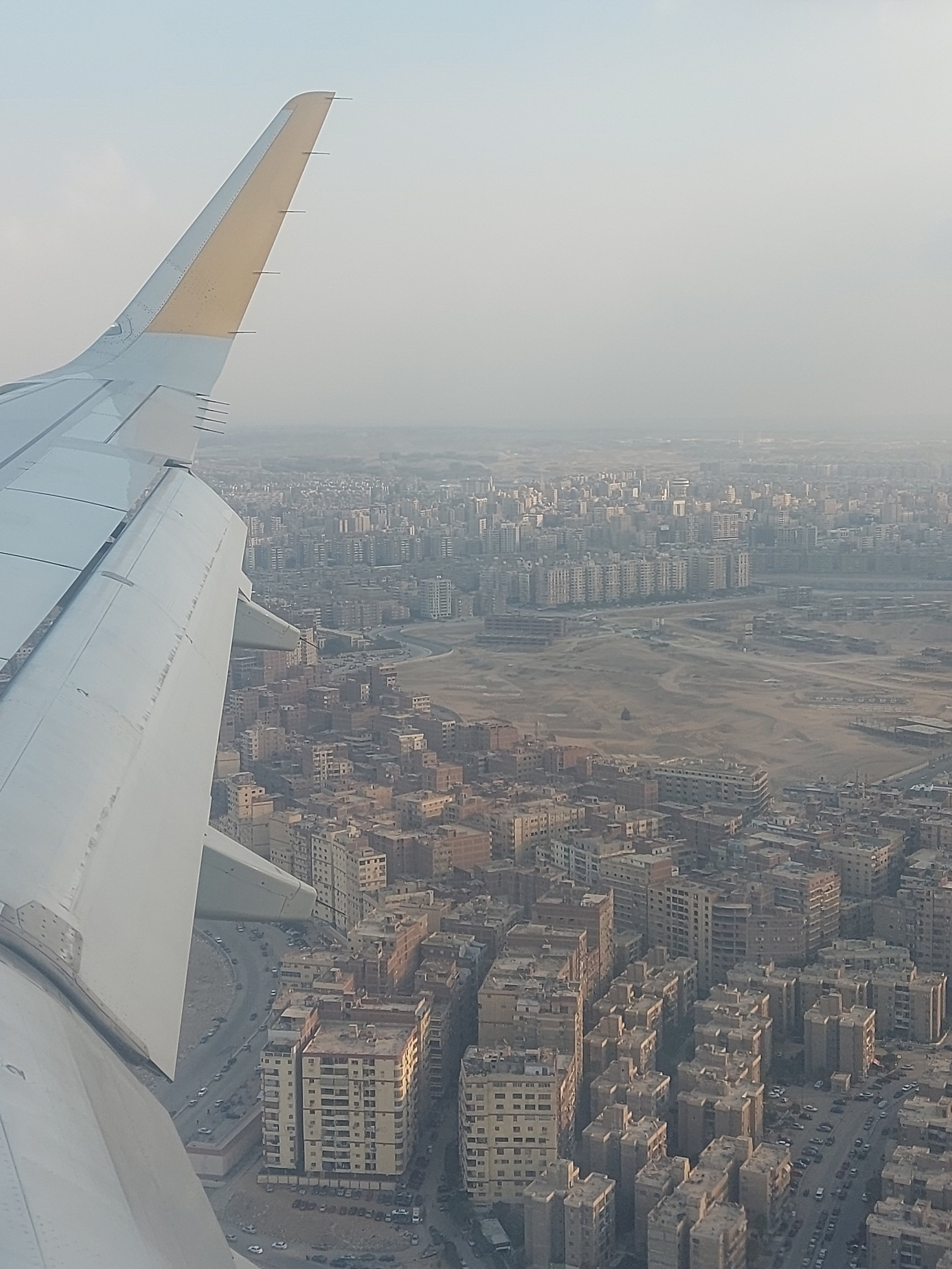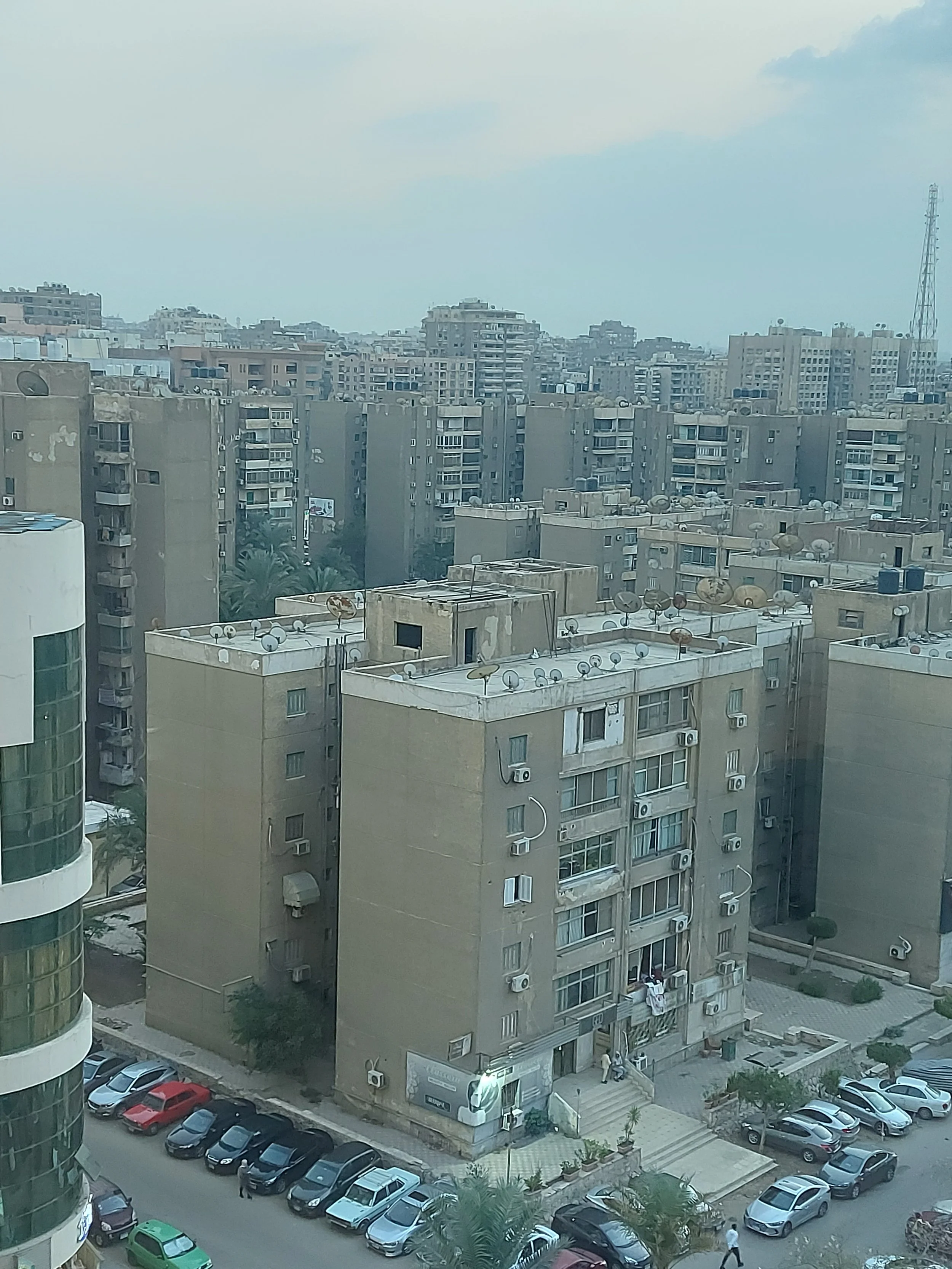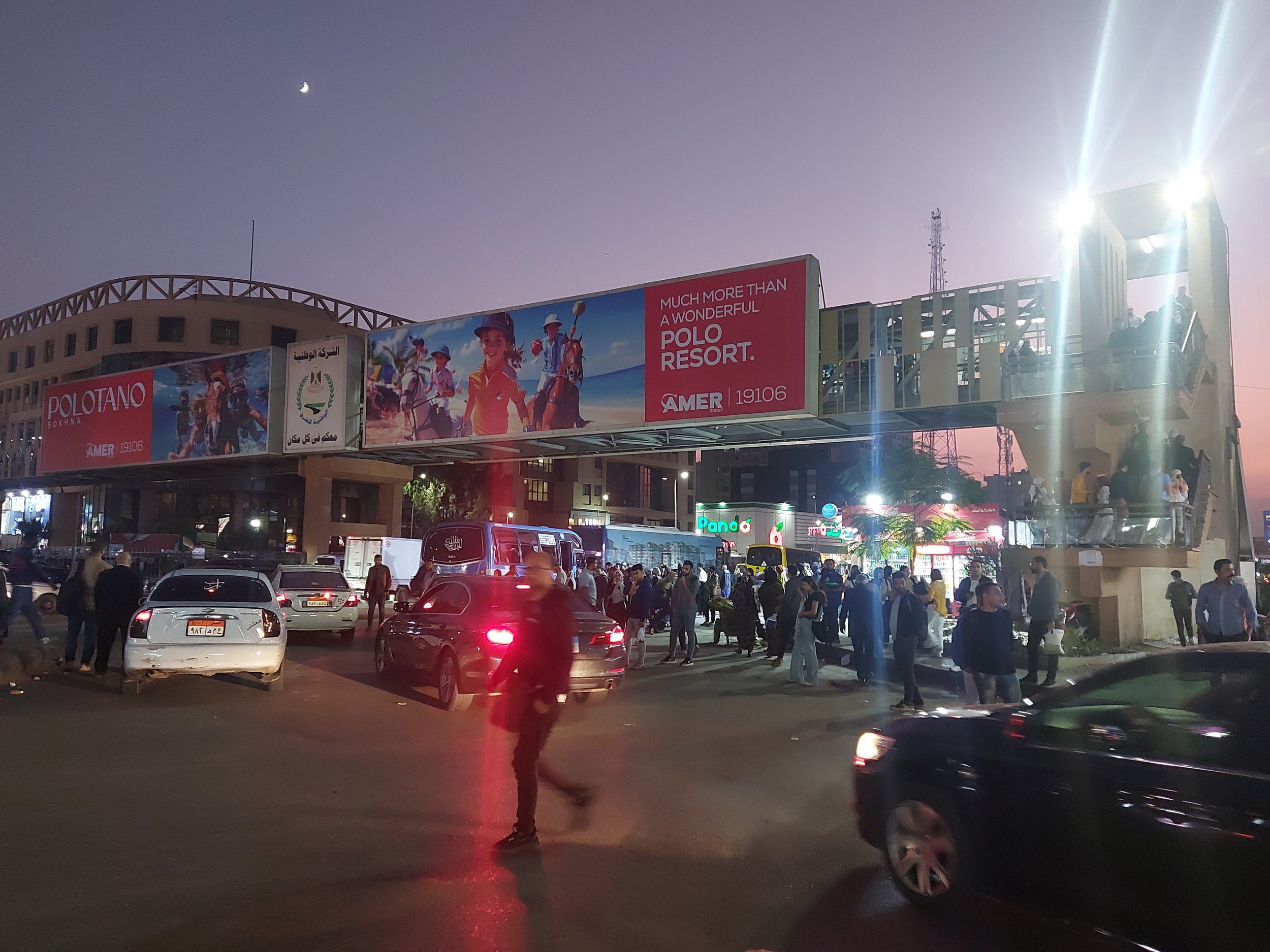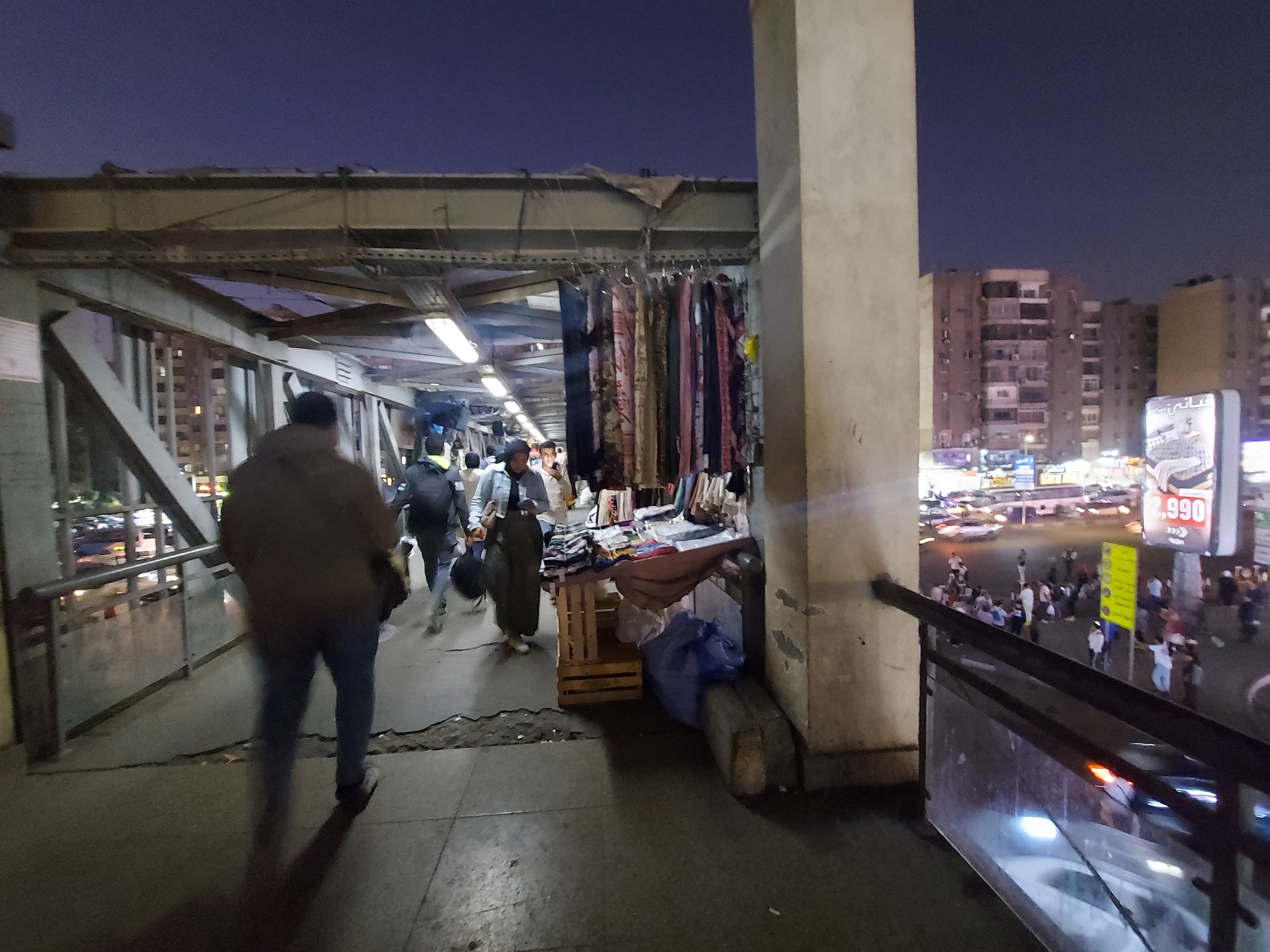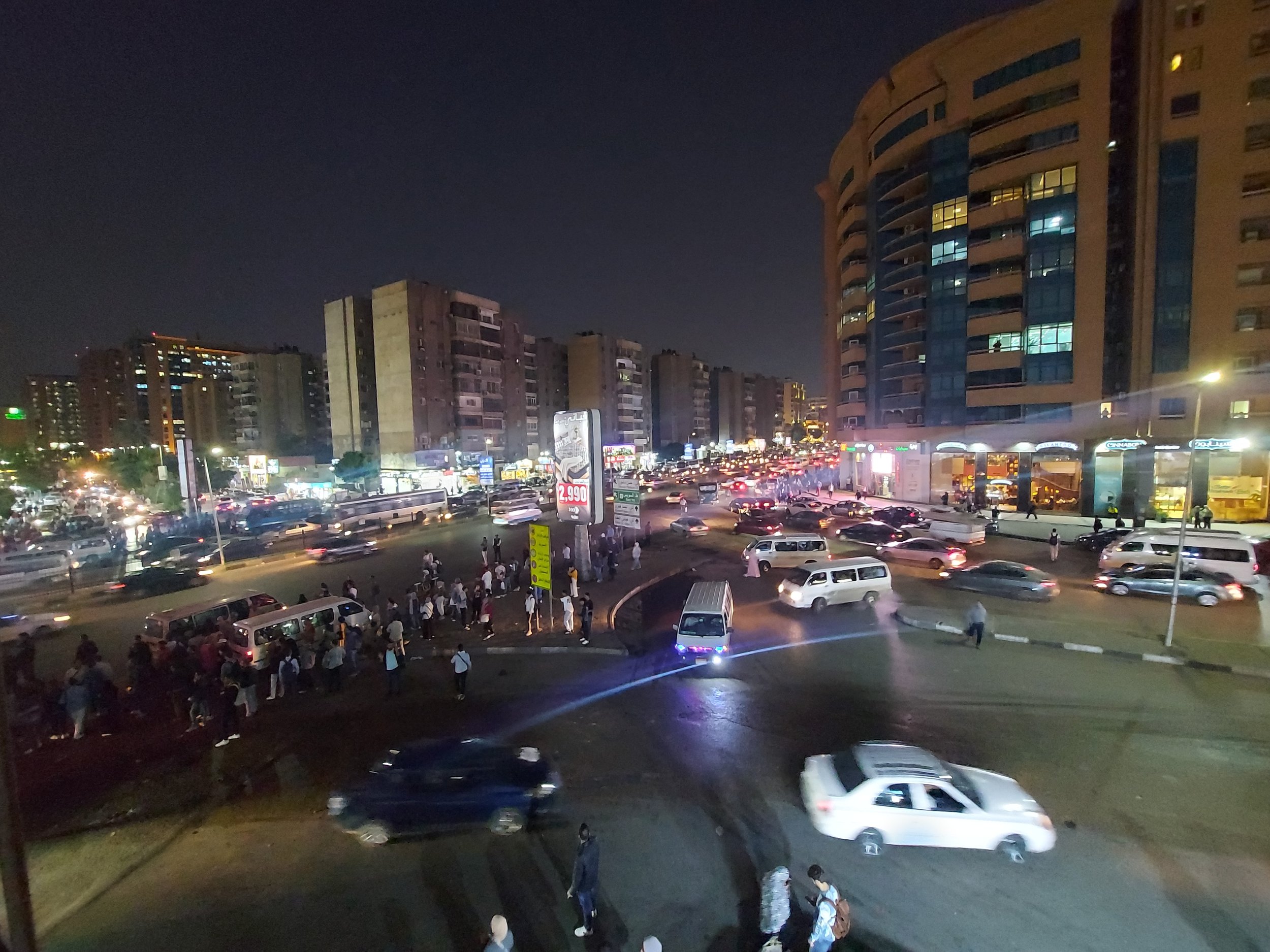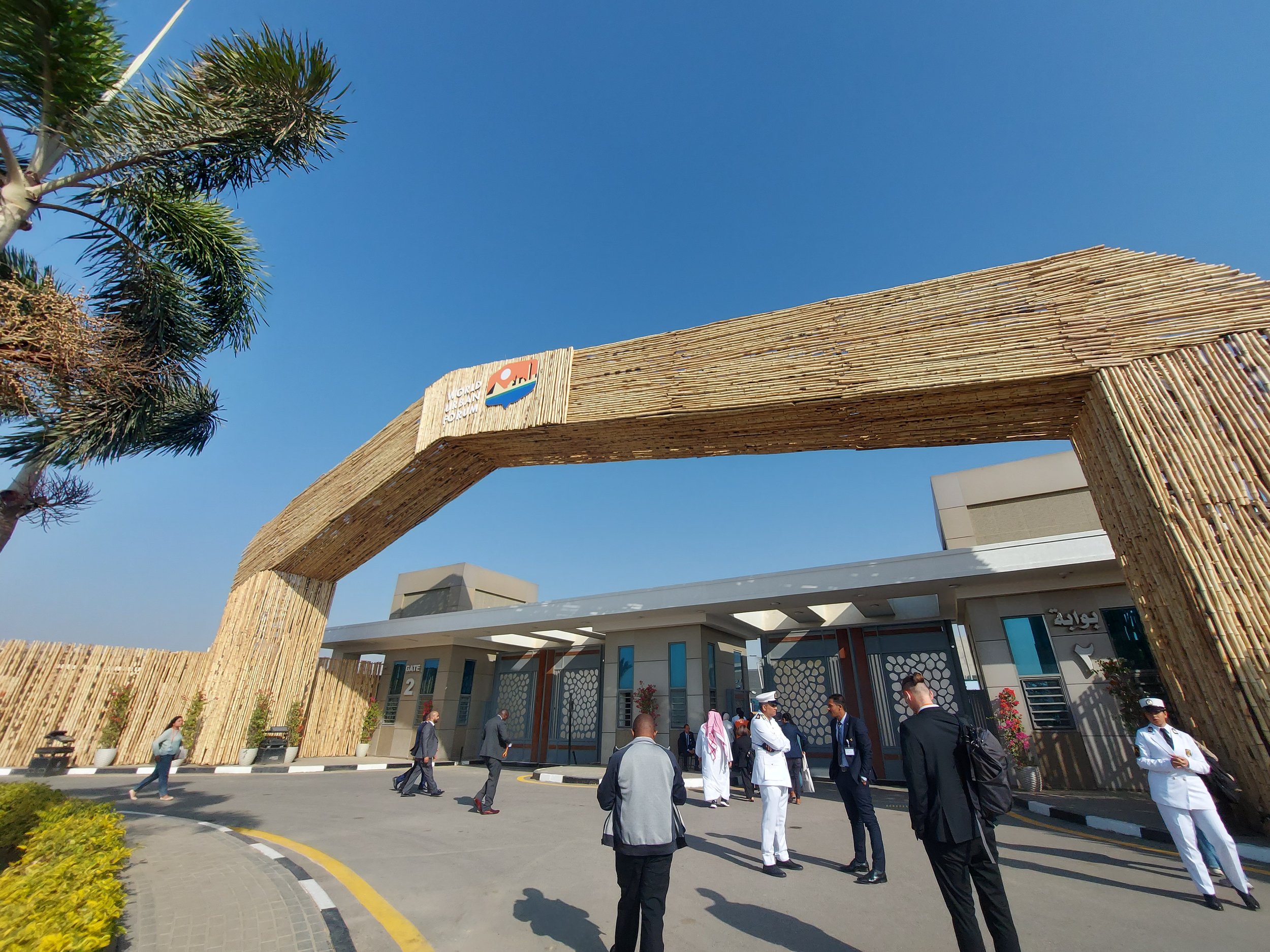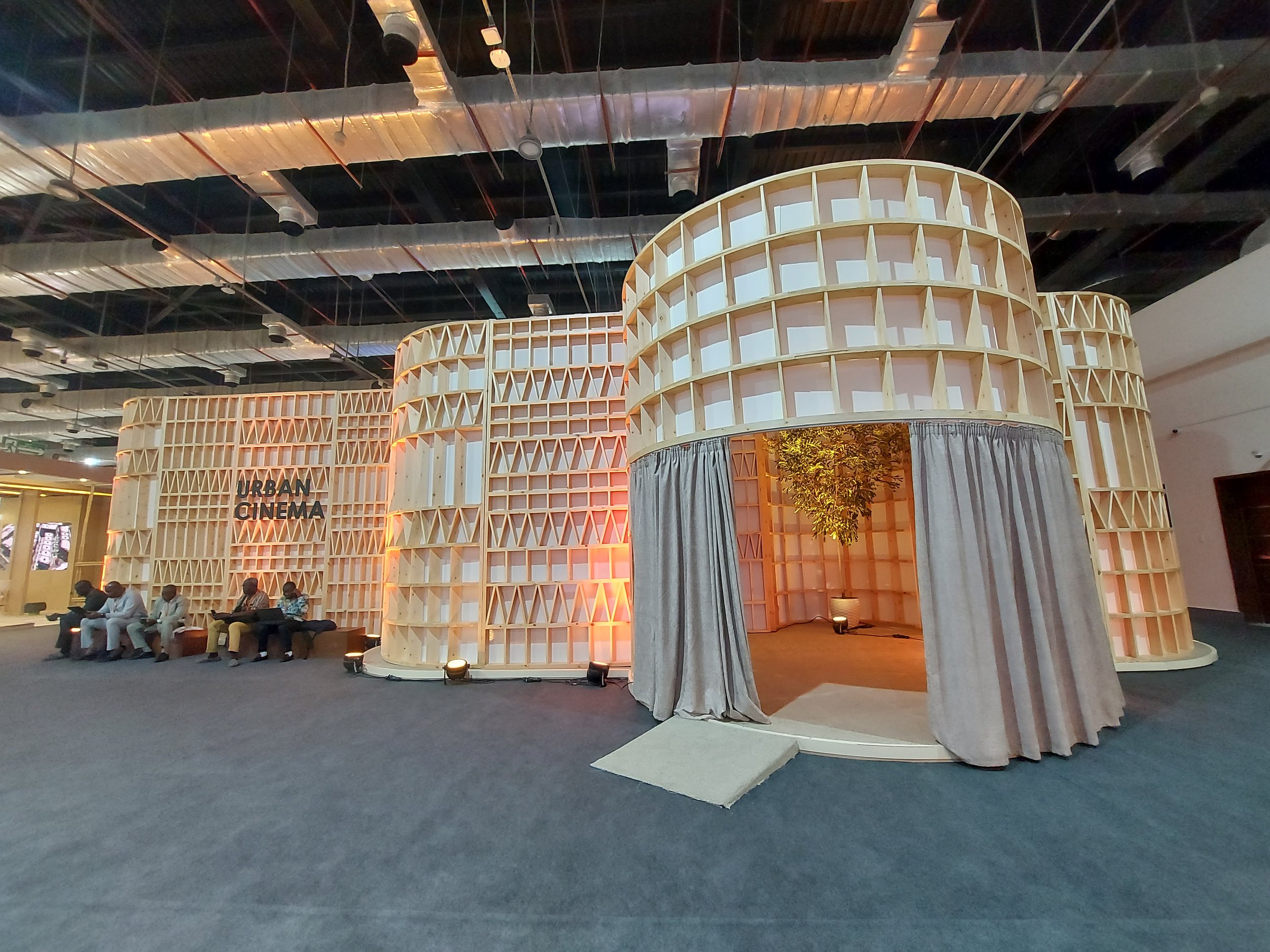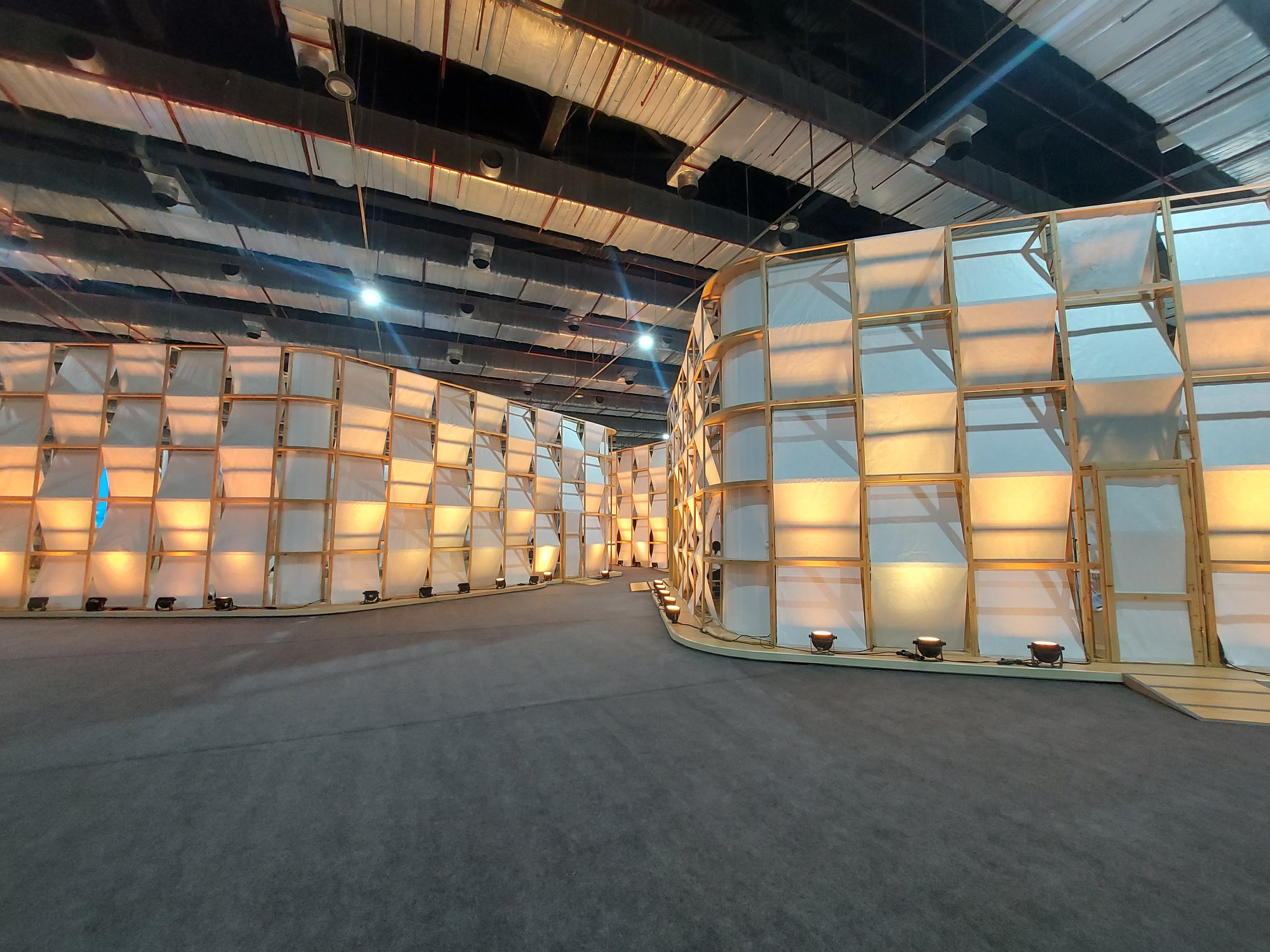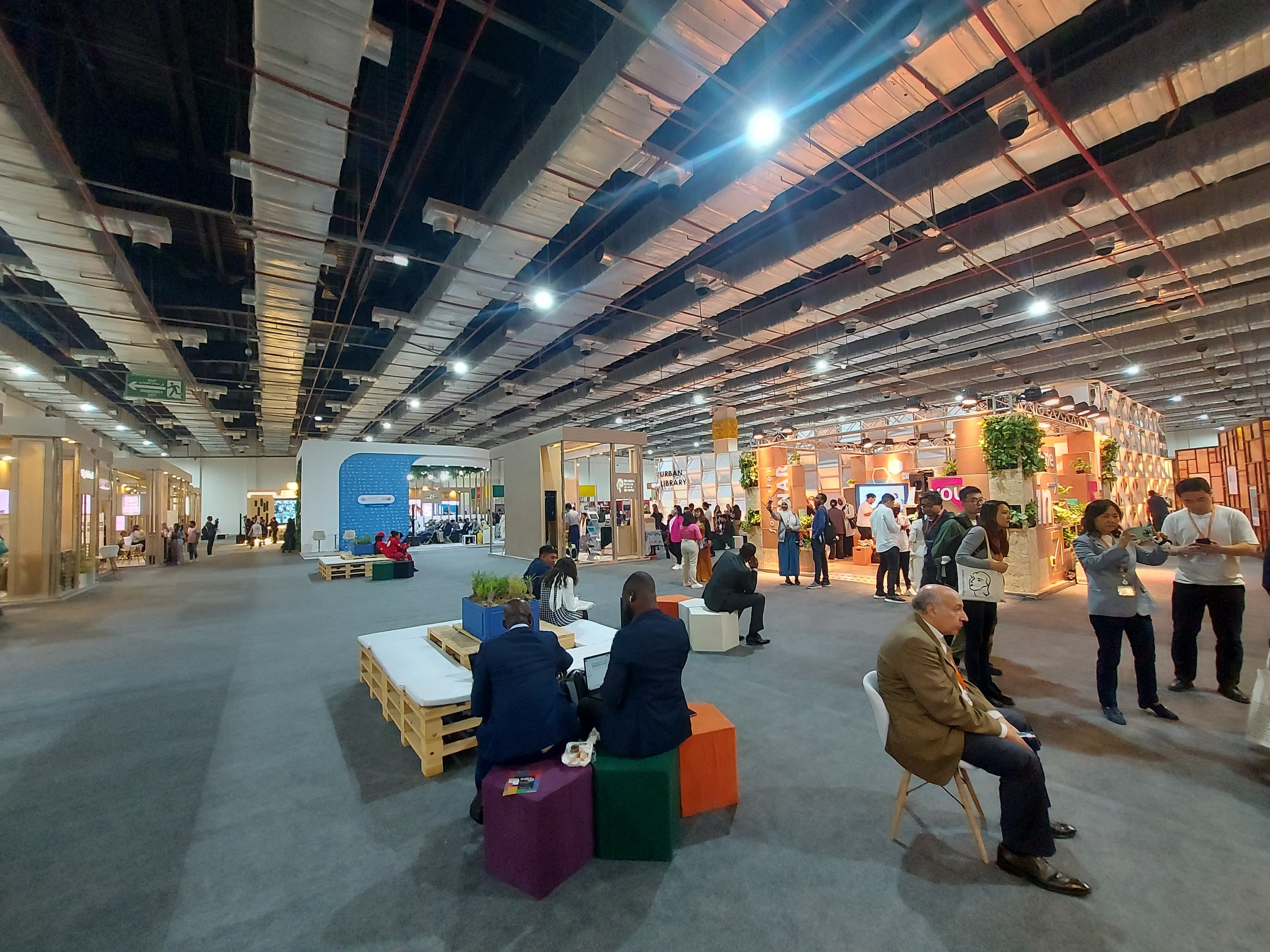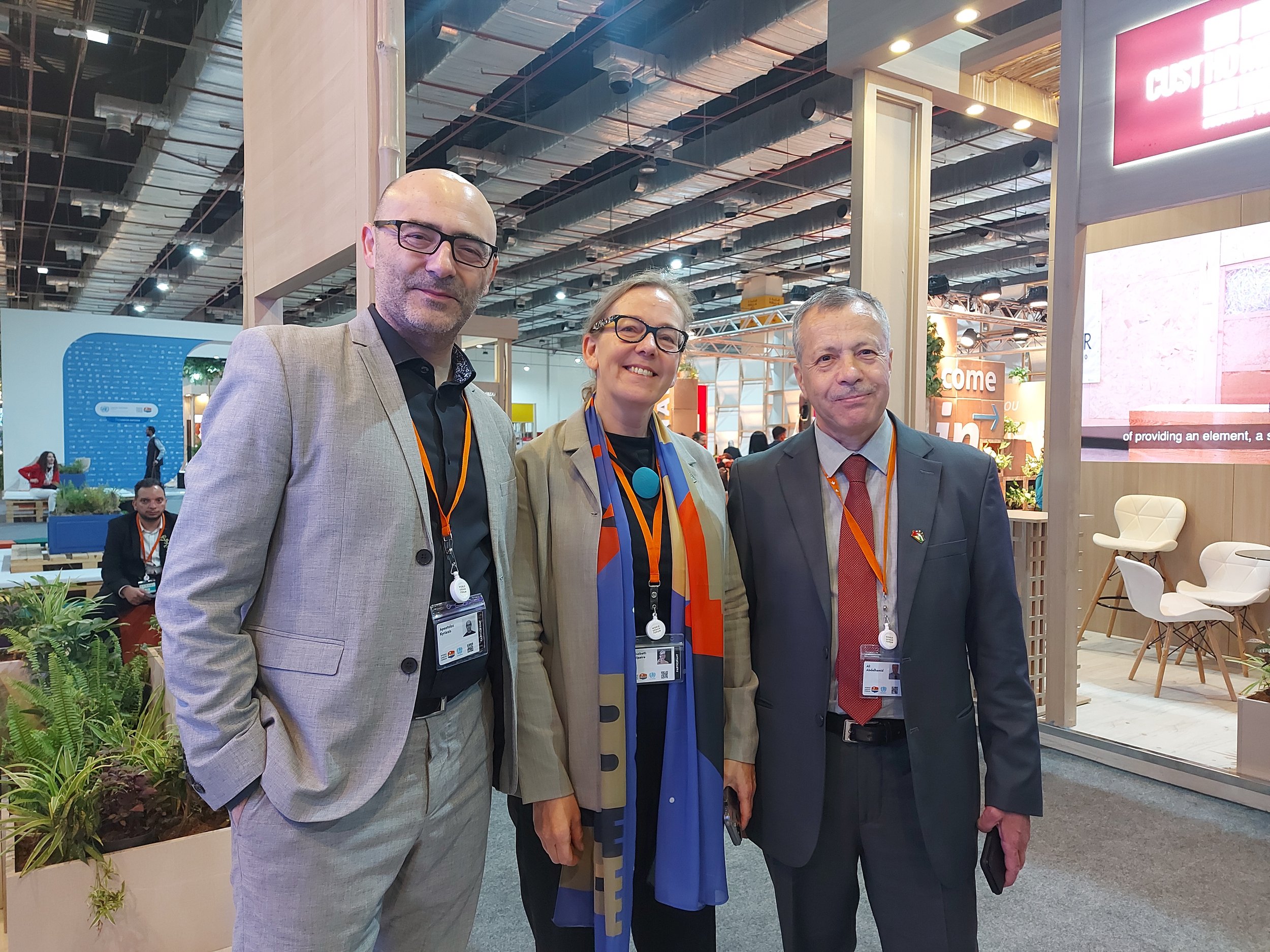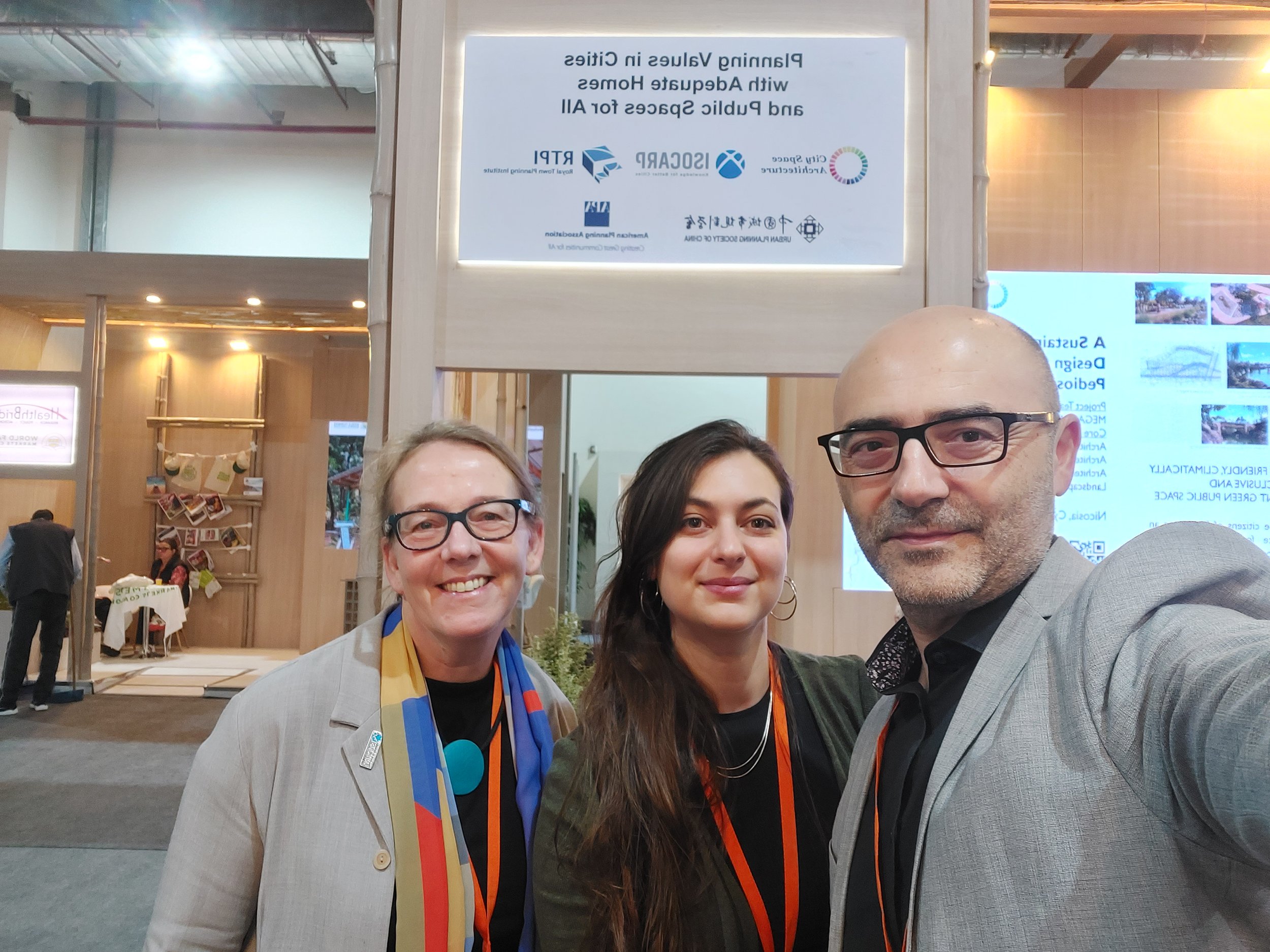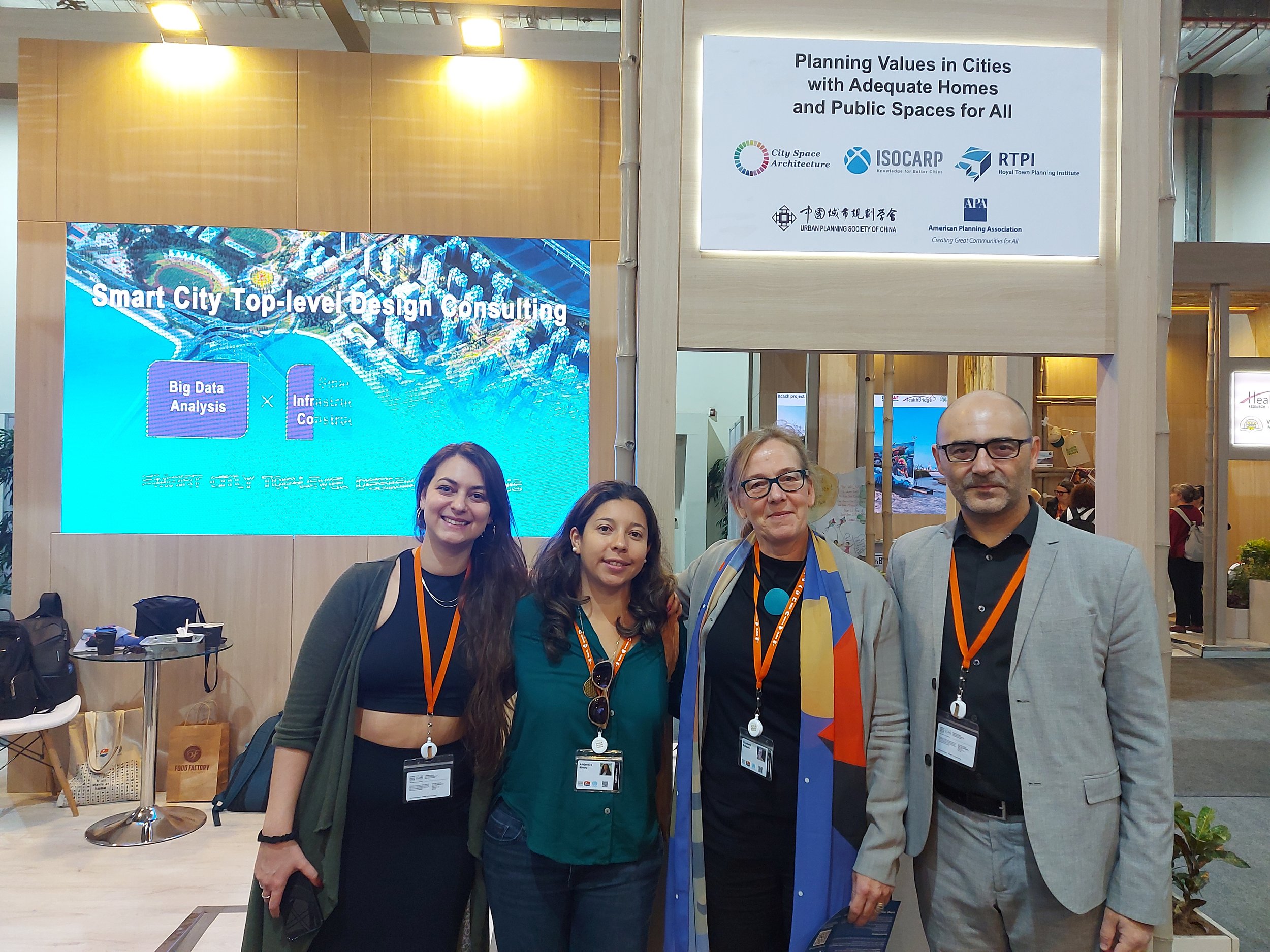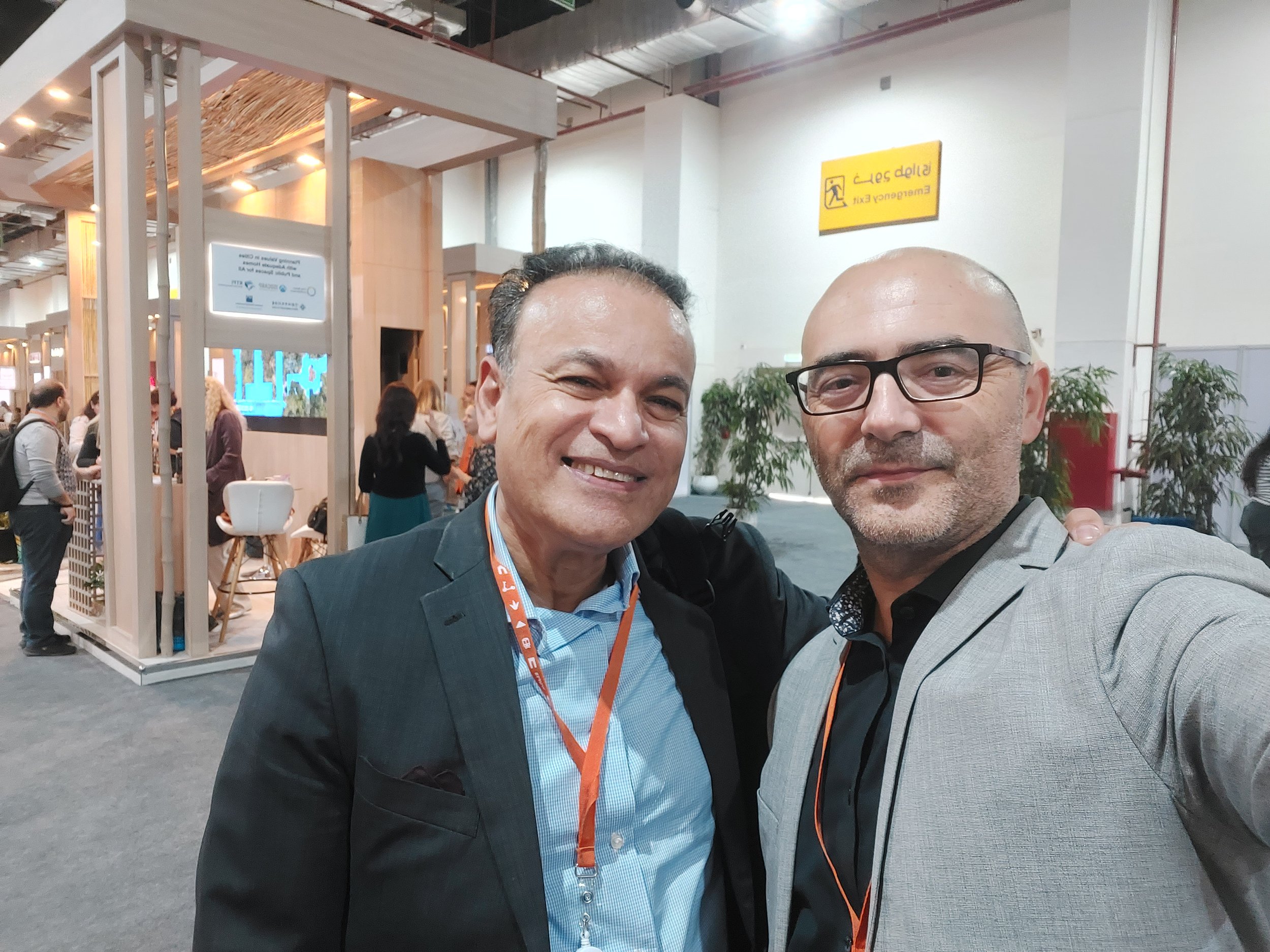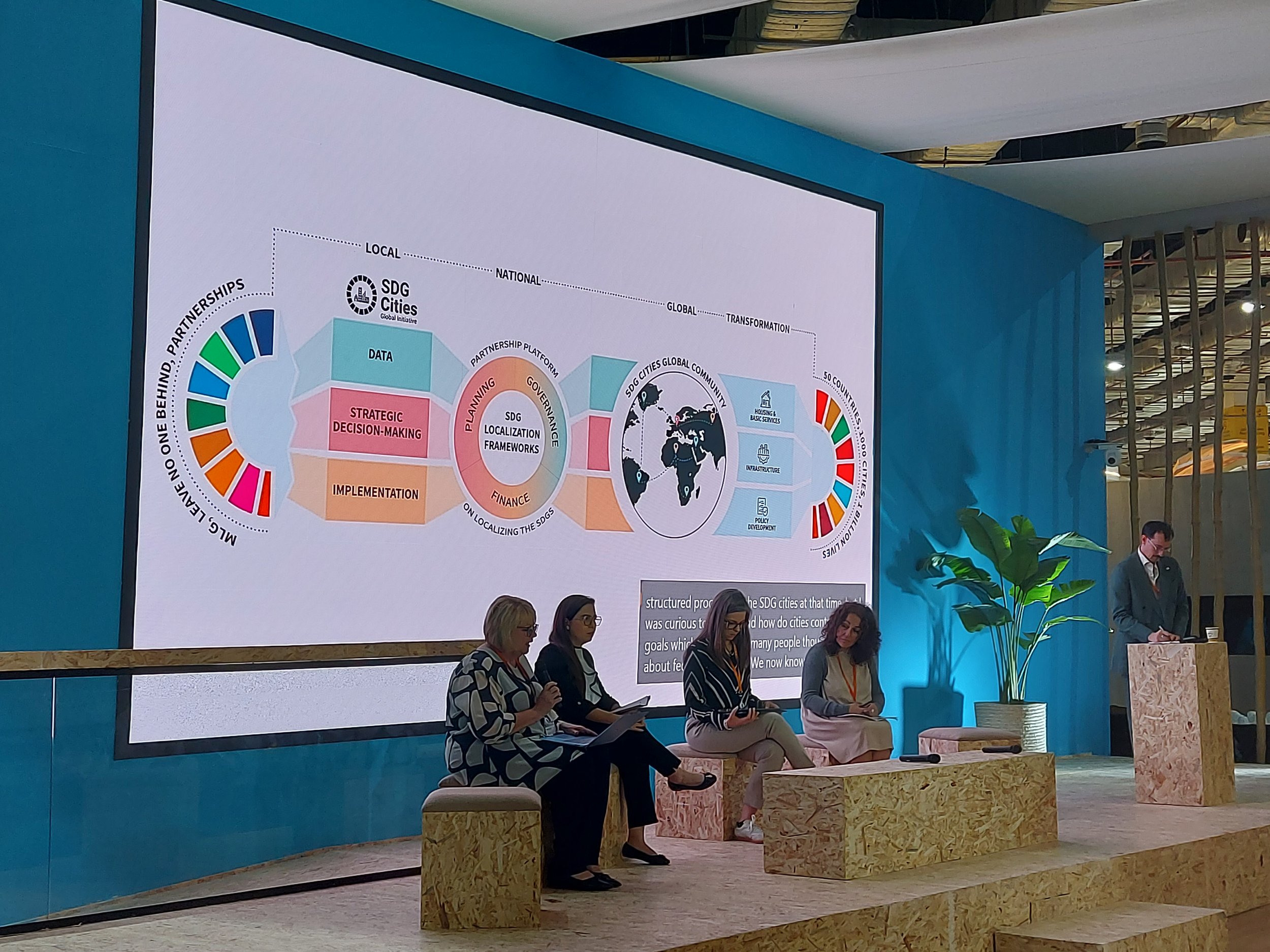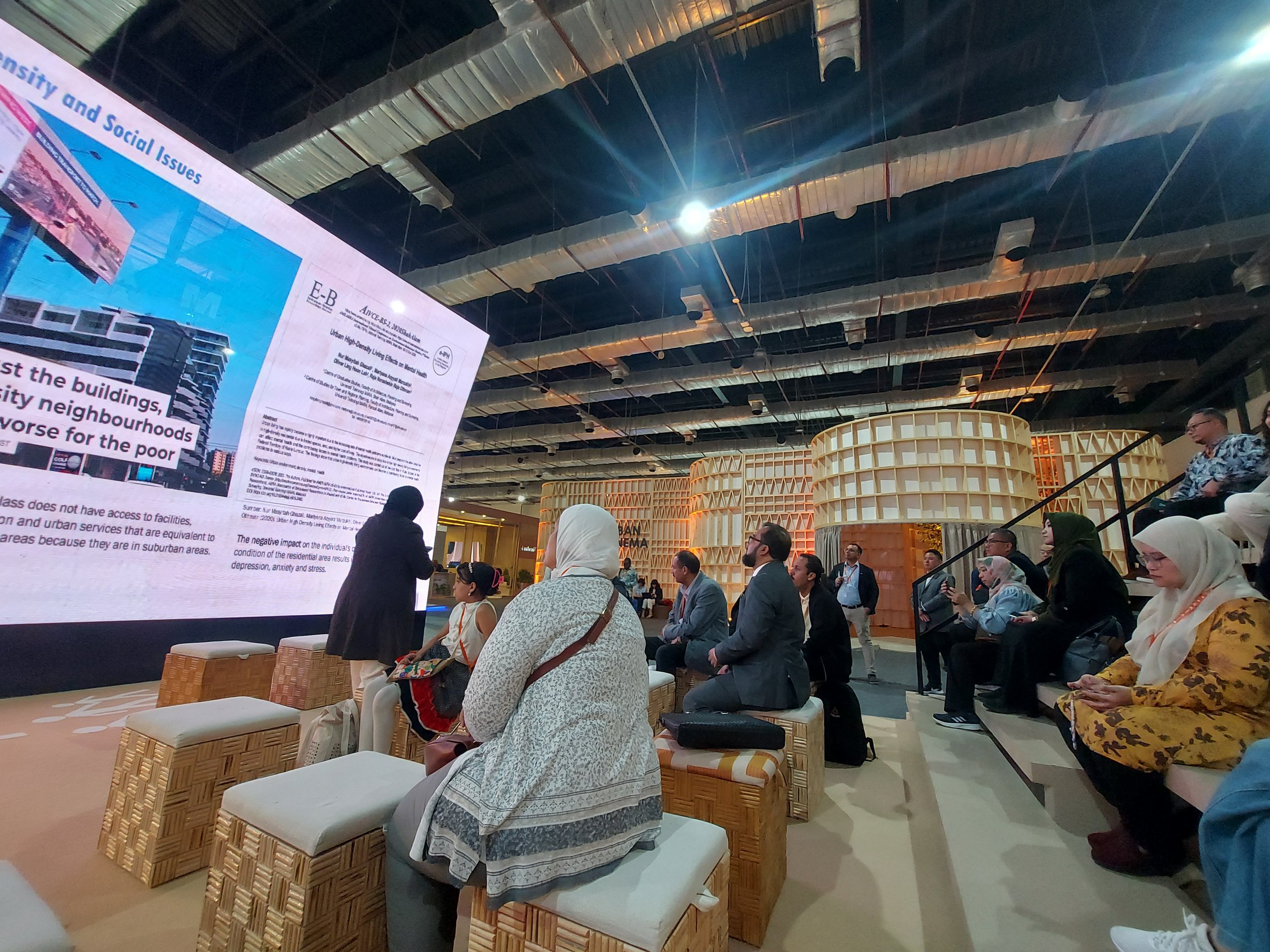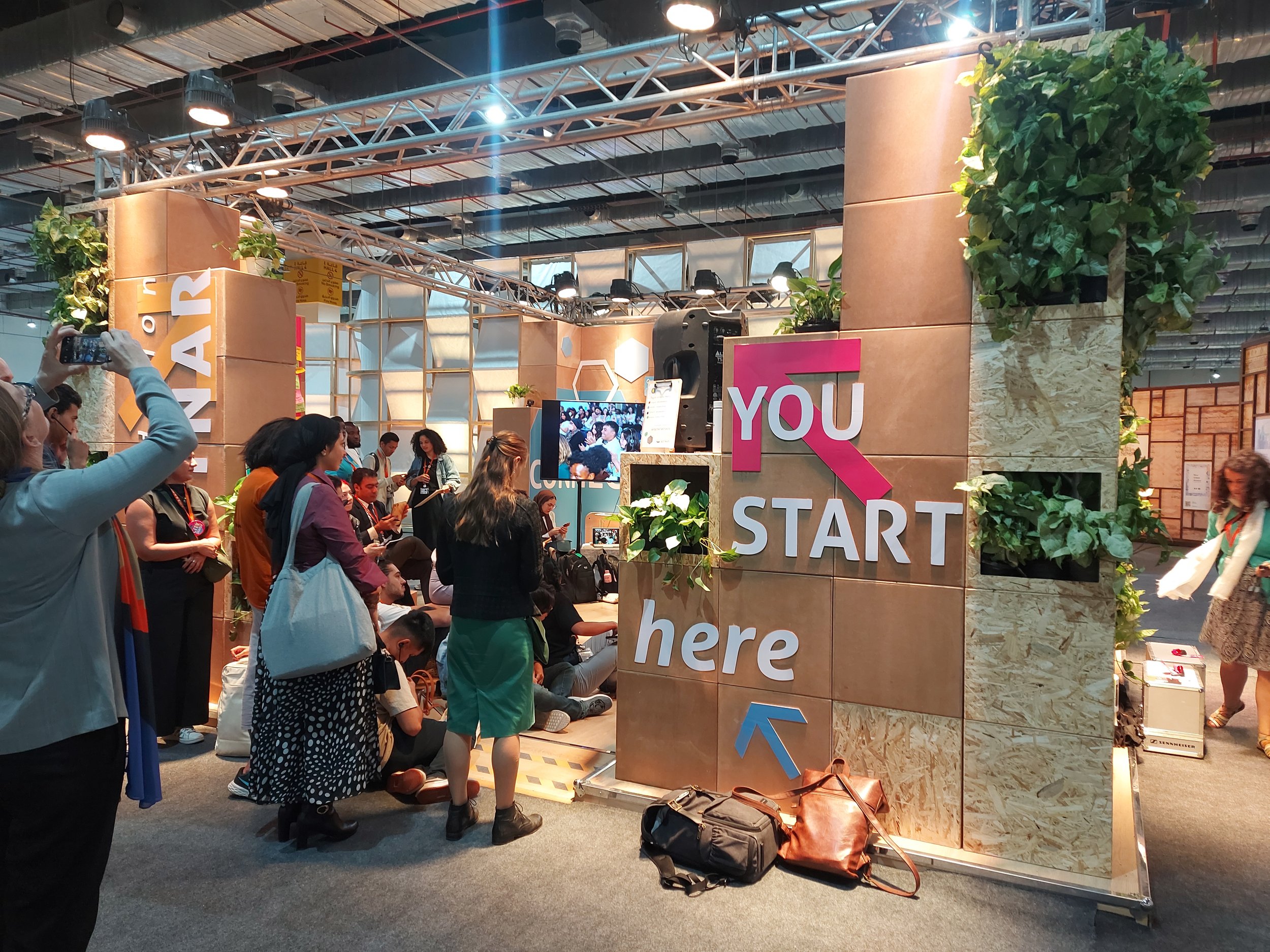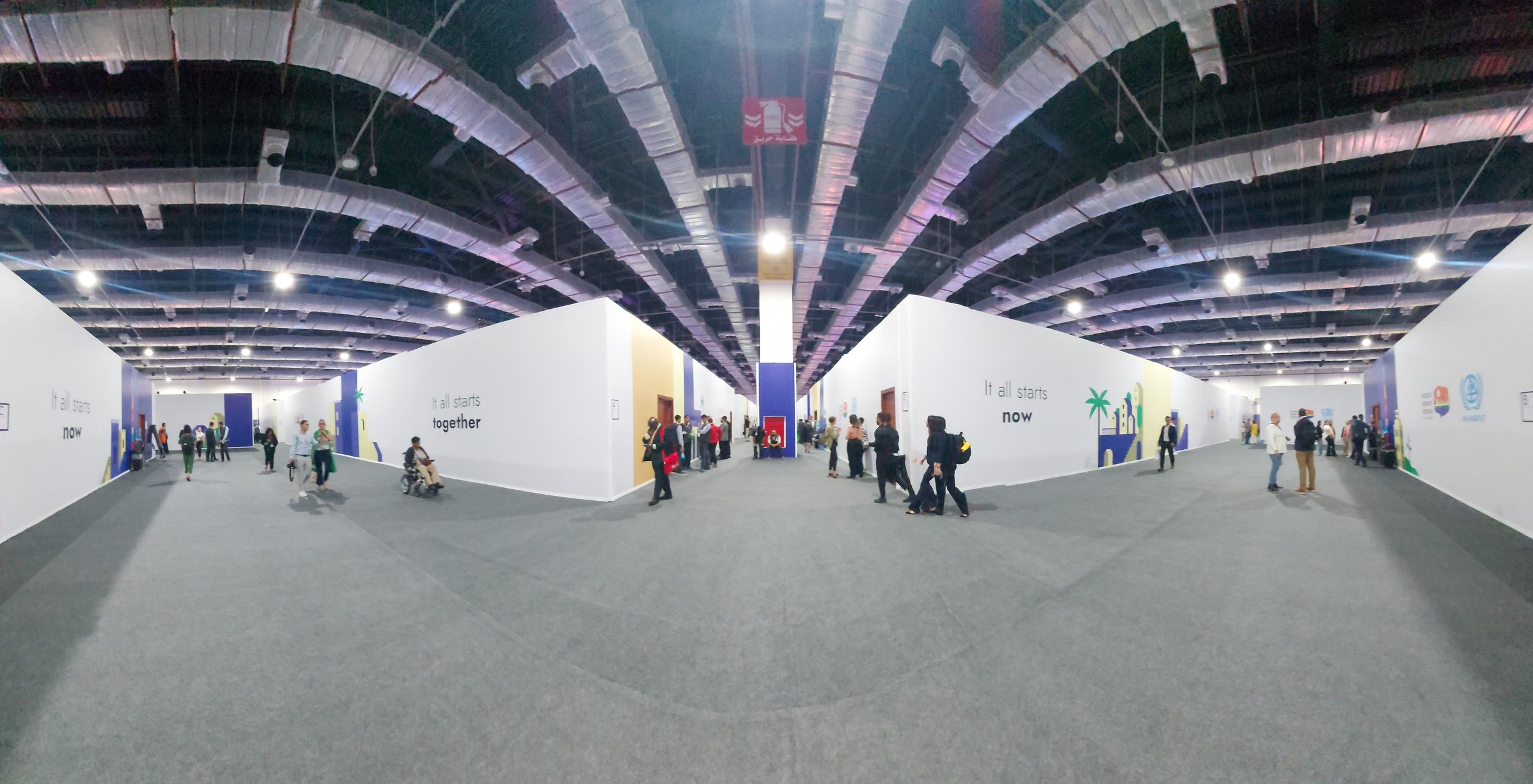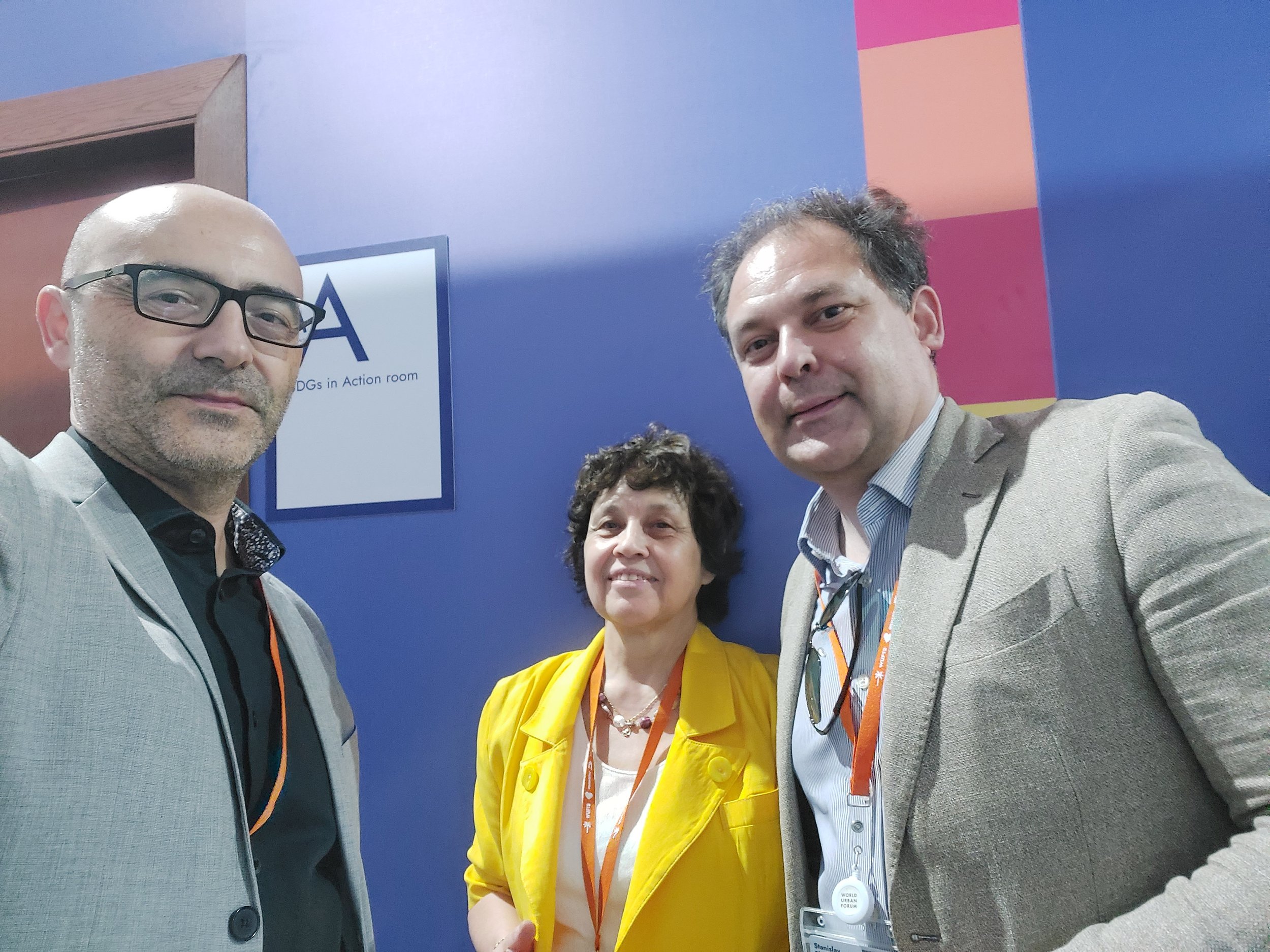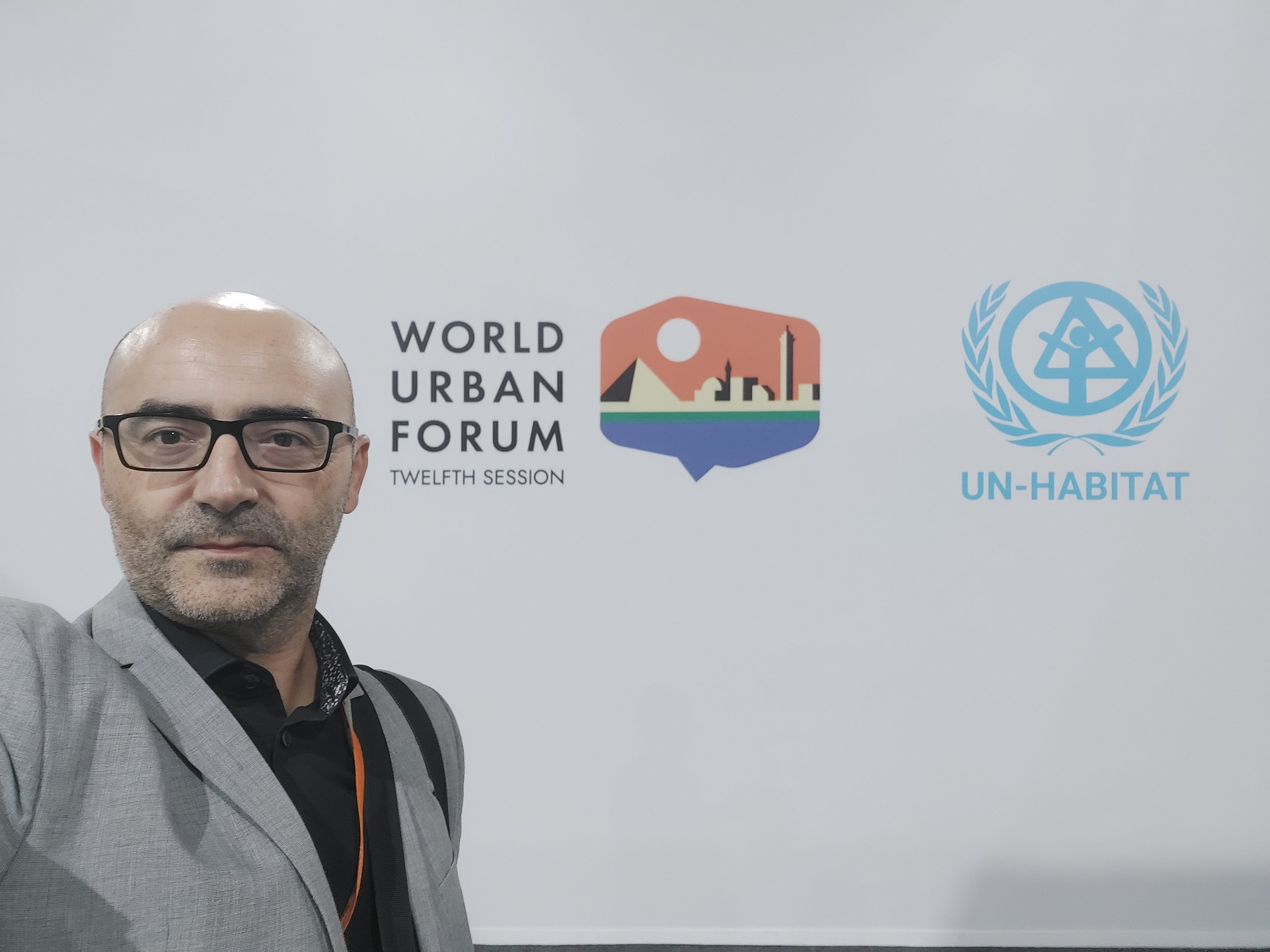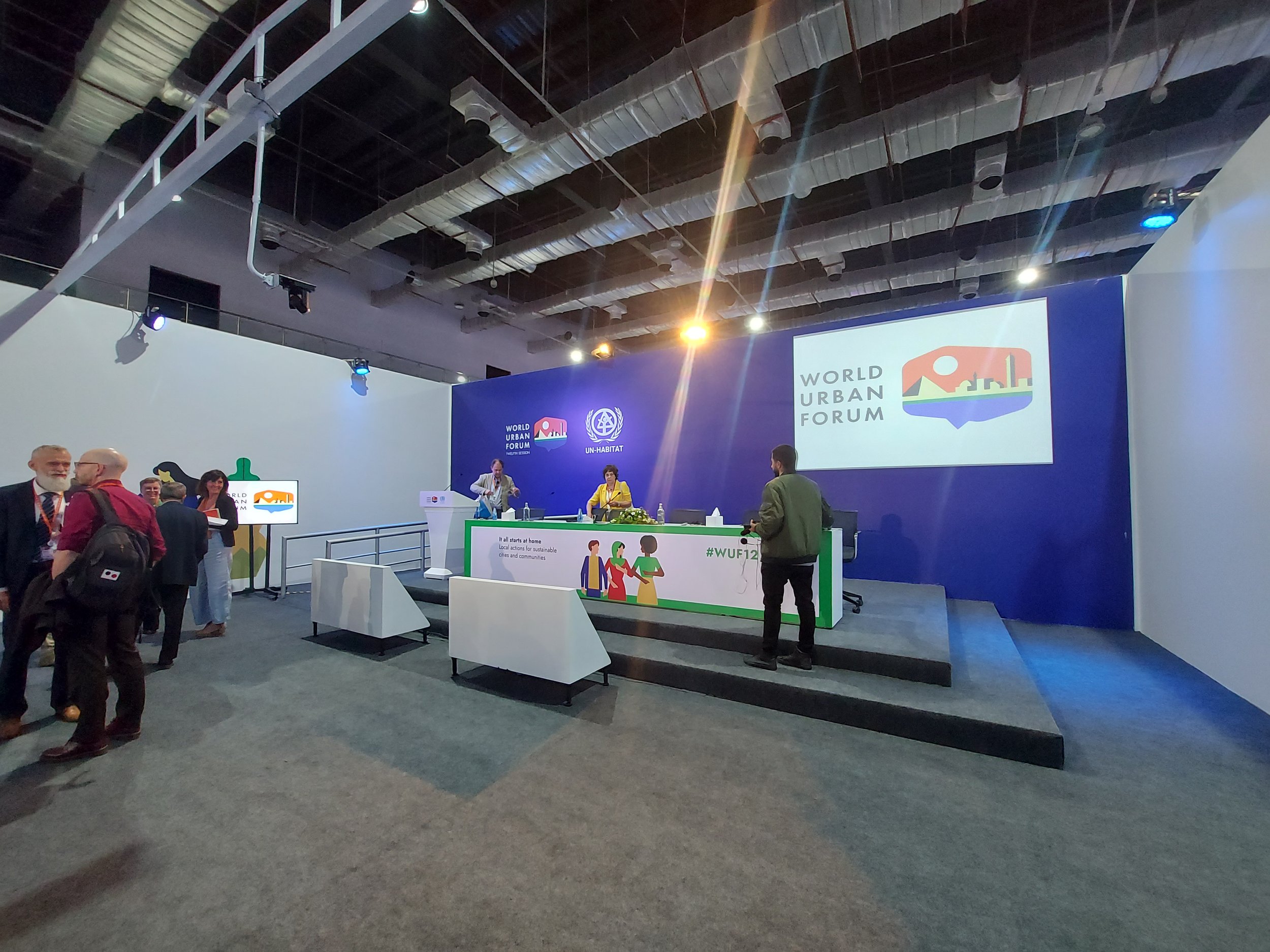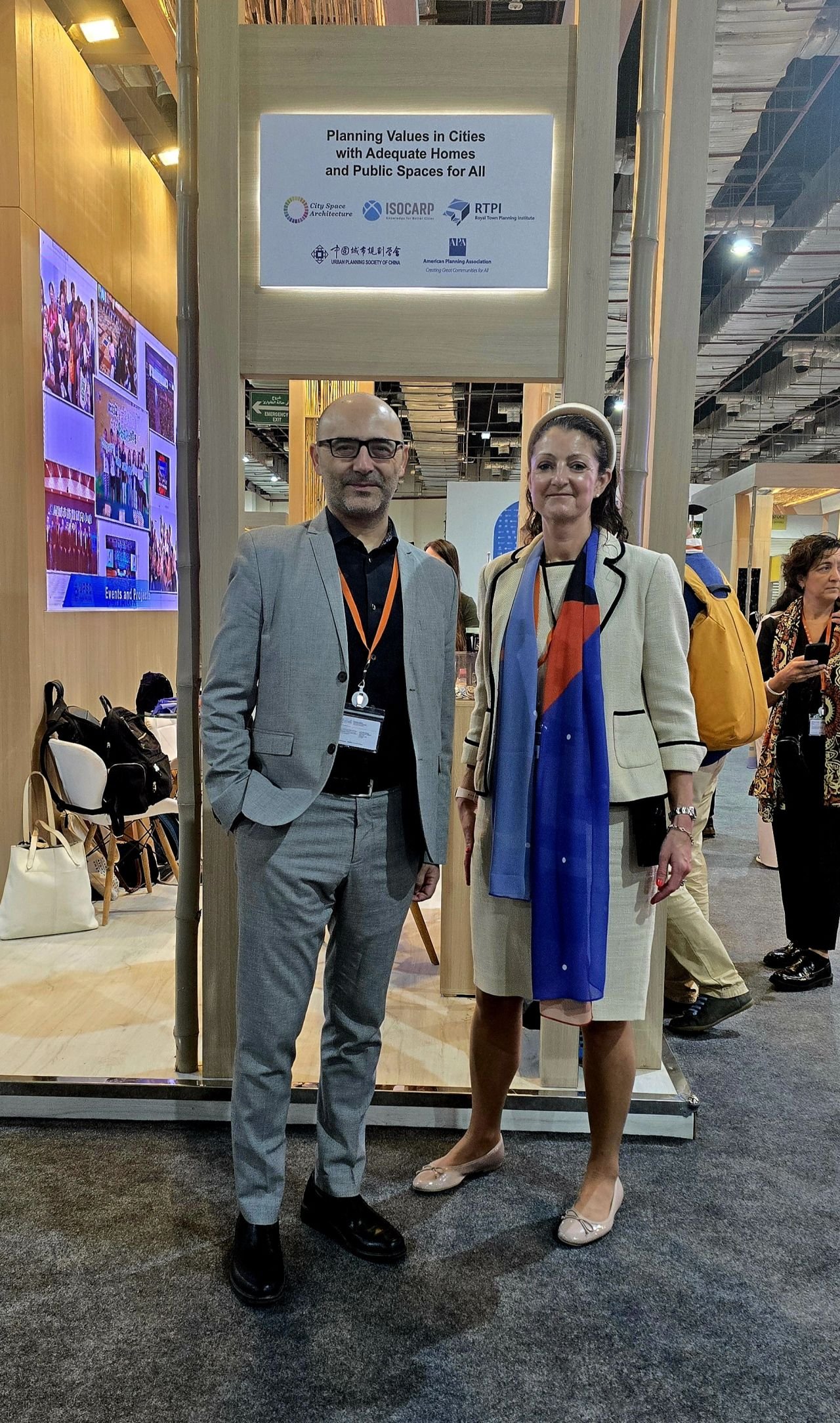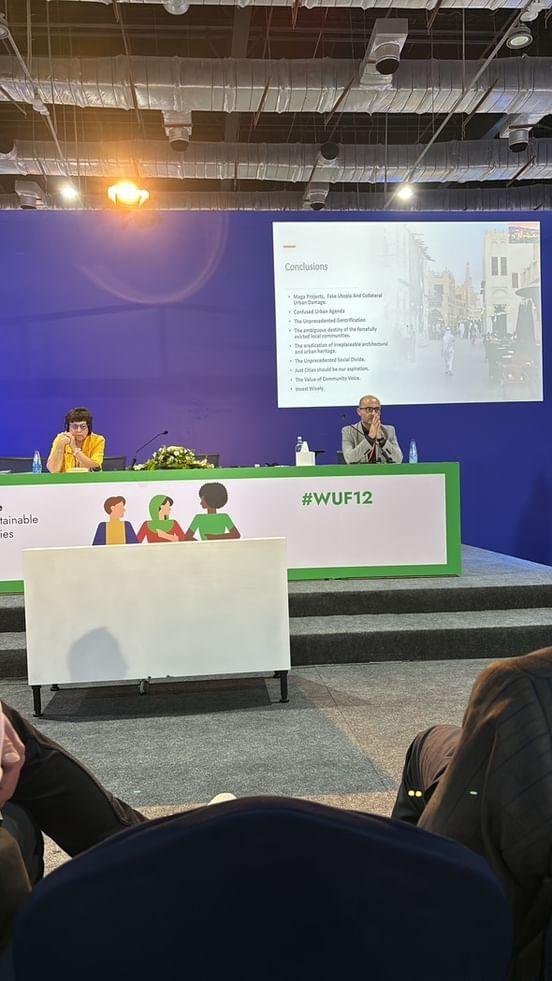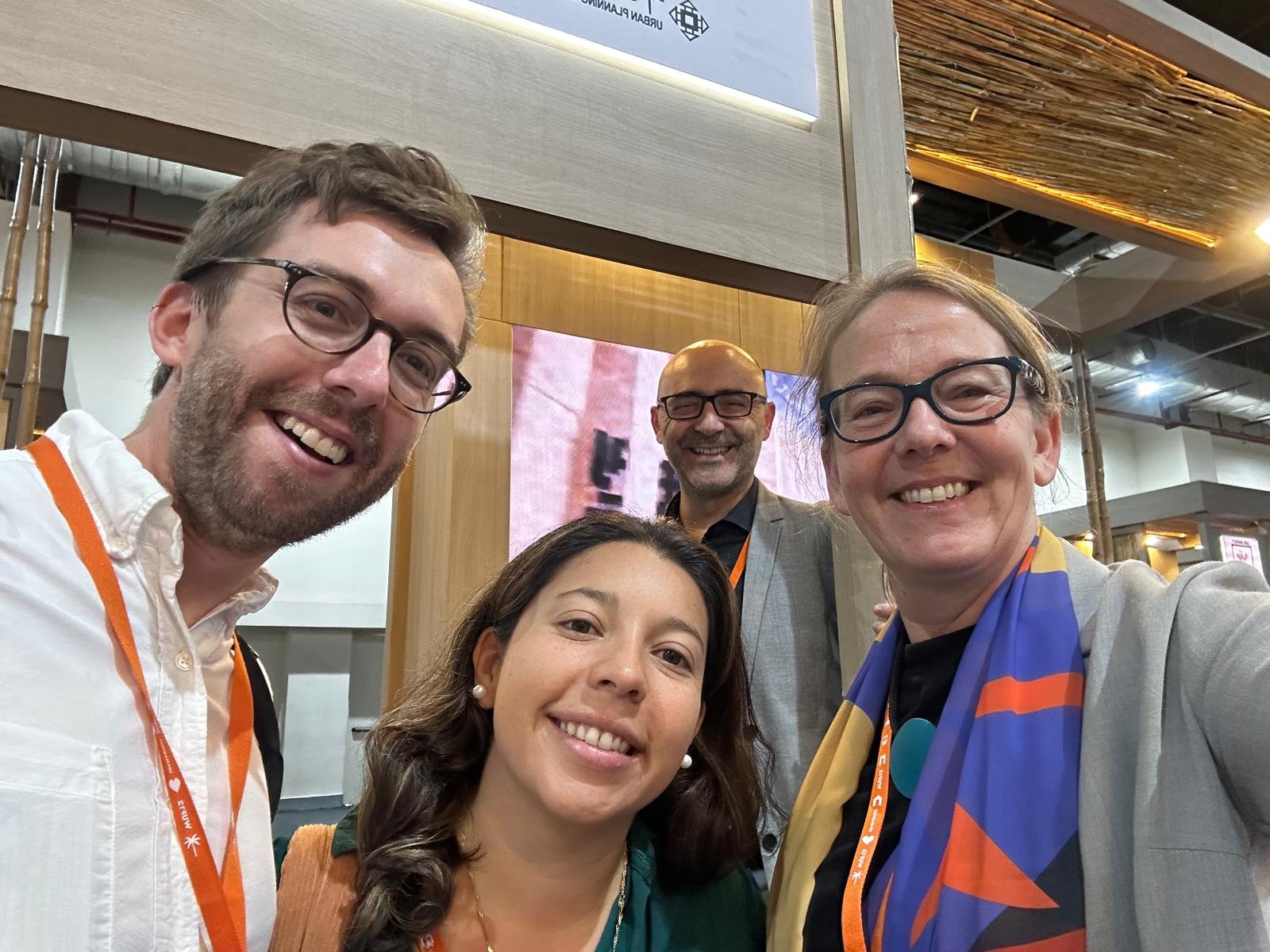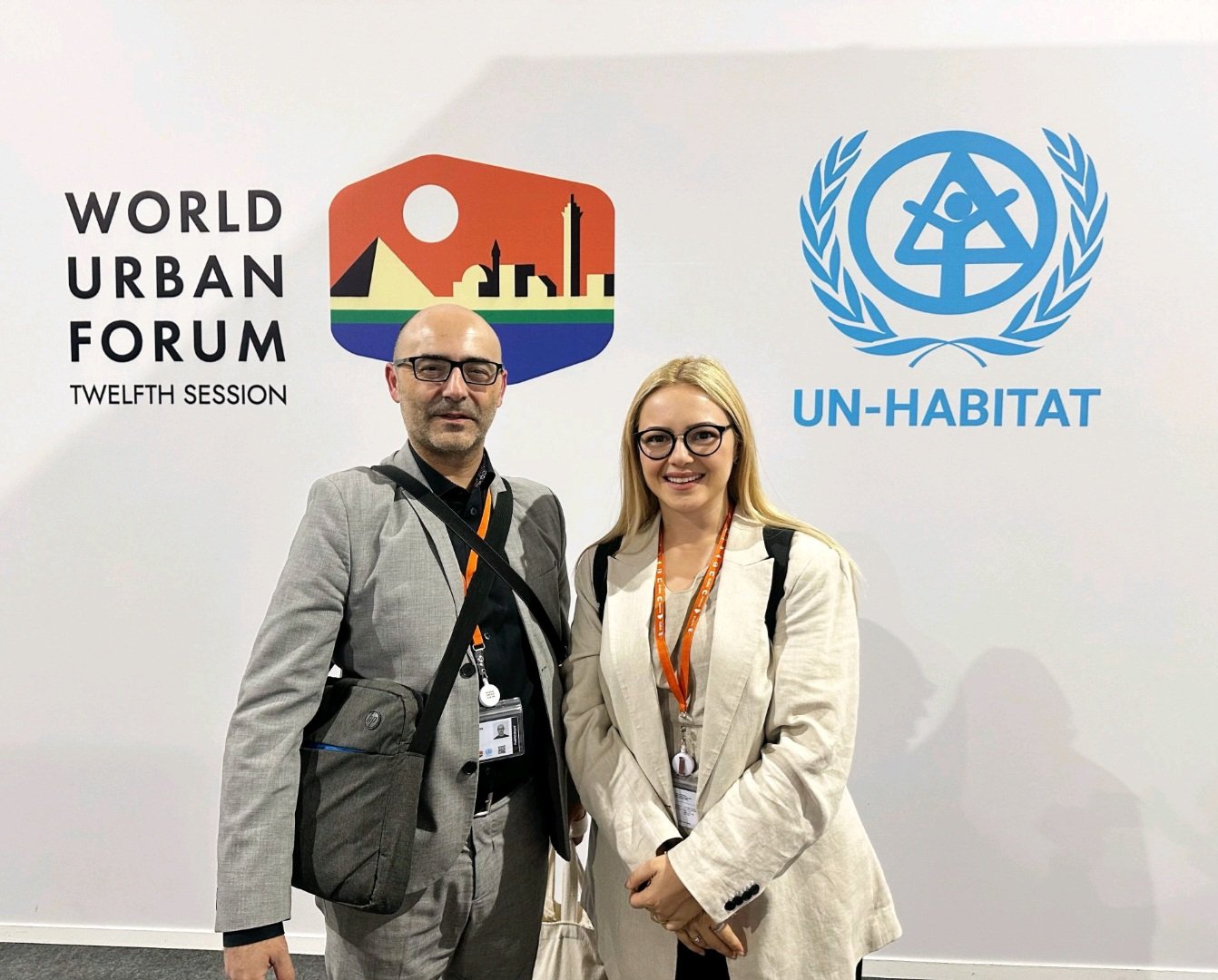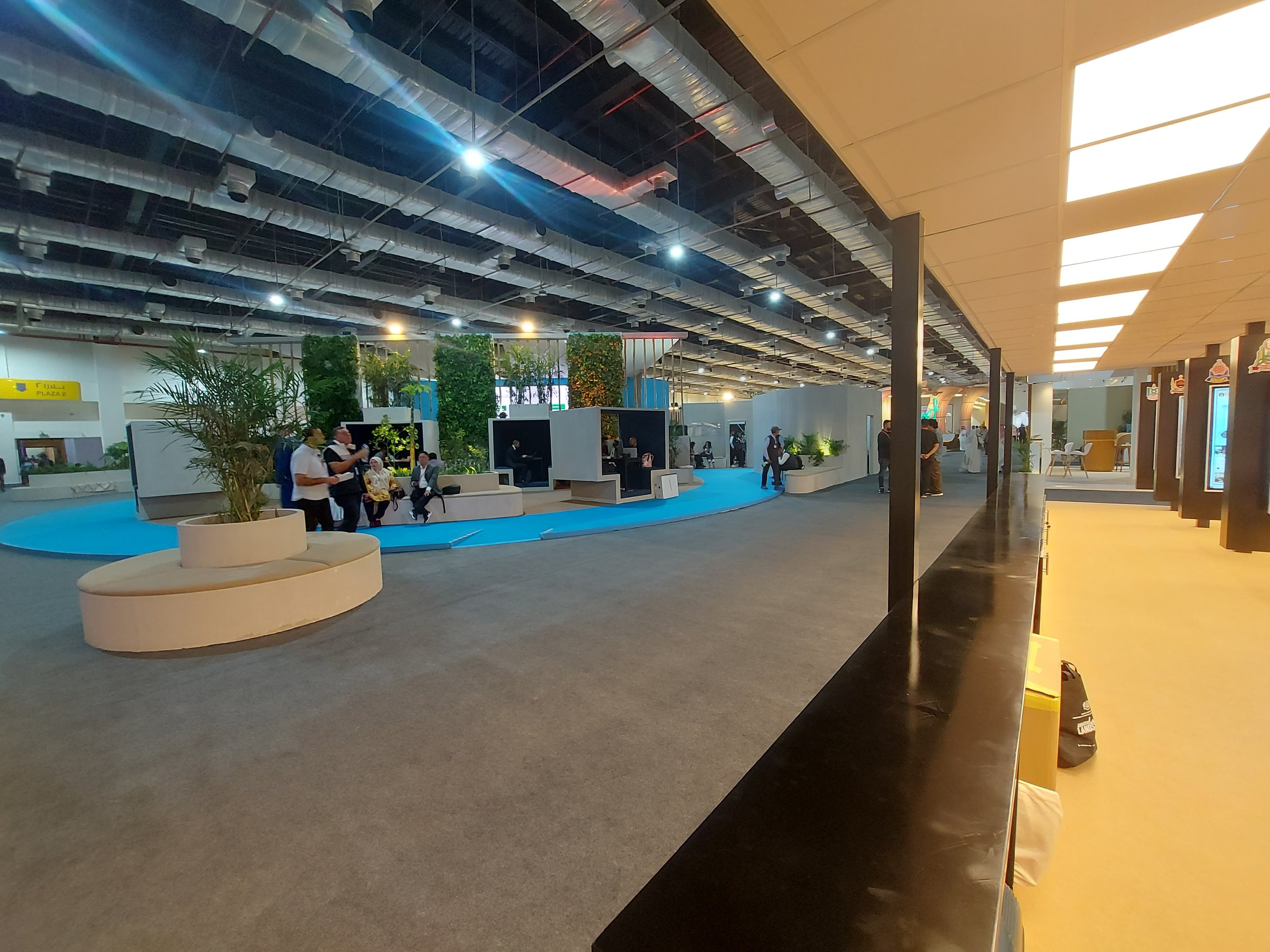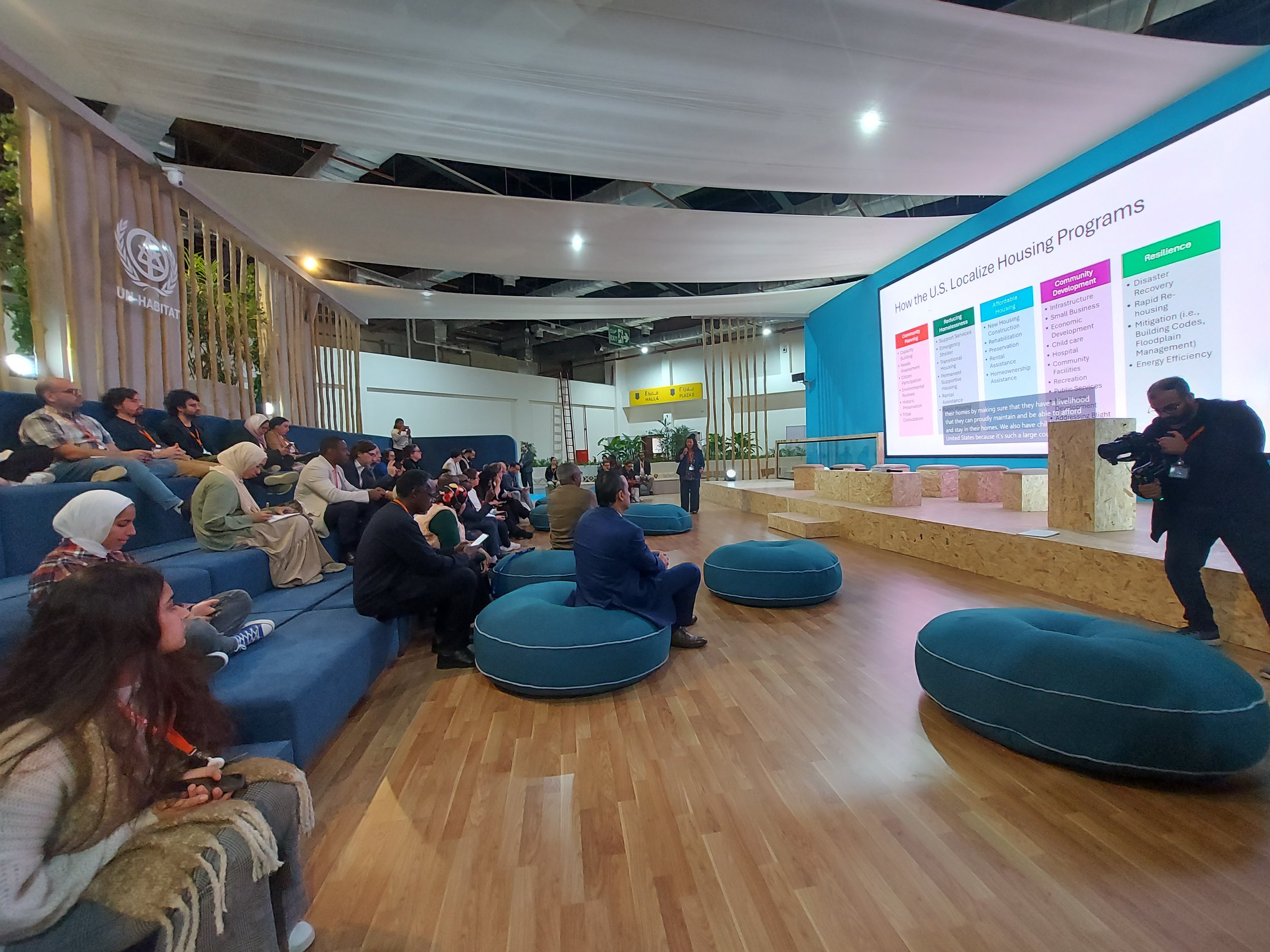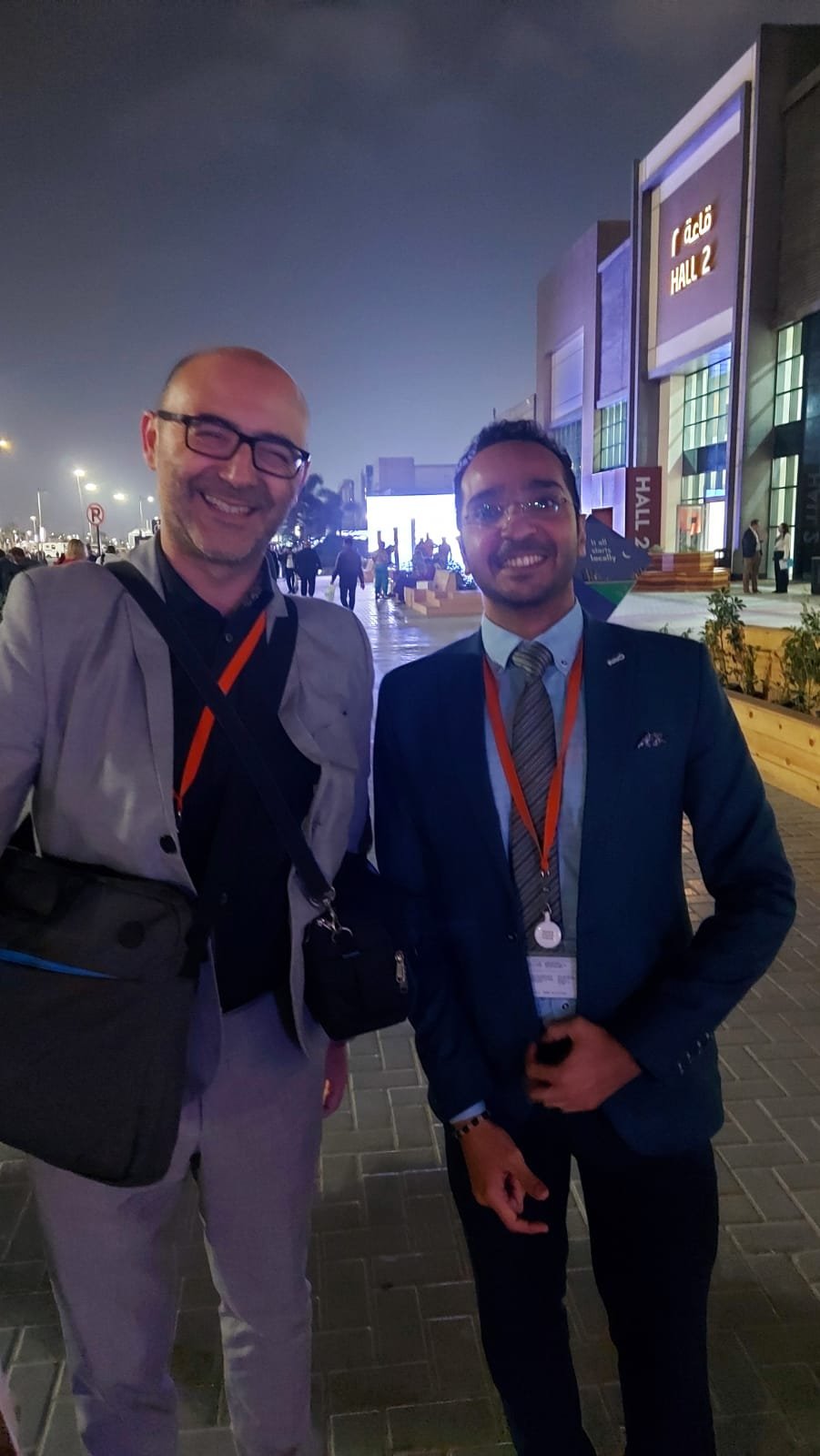World Urban Forum 12, Cairo Egypt
I am so happy to be back to my beloved Cairo, this time for a global event: The 12th World Urban Forum, organized by UN-Habitat. It is the first time that a WUF is hosted by a mega-city and it is the second time I actively participate at a WUF, following the one in Abu Dhabi (some years ago), representing several organizations: Abu Dhabi University (of course), the International Society of City and Regional Planners (ISOCARP) and the International Union of Architects (UIA) and especially the two work groups I am a member of, Informal Settlements and Architecture and Children.
Cairo seems to have been a great choice for this WUF, as it is a metropolis with most symptoms of urban degradation that all such congresses, literature and discourses on this major field identify and attempt to address. It’s a city that combines the oriental chaotic traffic, the African approach on life, the deep historical and cultural palimpsest, the western suburbia and the Mediterranean densities. The largest (population-wise) city in Africa is a unique field of extremes. From wealthy new golf-course suburbs and the Versailles-esque administrative district to brick shantytowns and cemetery dwelling, from classical antiquities to a kitch Dubaization, from an active youth to oversurveillance, Cairo is an exemplar of the global south condition.
This one has been my fifth visit in the city of the thousand minarets, the last one being in 2017 (that led to my participation at the “Robabecciah” Egypt’s Pavilion (by Mouaz Abouzaid, Islam Elmashtooly and Cristiano Luchetti) for the 2018 Venice Biennale of Architecture. However, this time, my time window was smaller. I was able to find some time to walk the neighborhood near Heliopolis and photograph the adventures of highway crossing!
The venue of the World Urban Forum was guarded enough to be confused with a militarized zone, whilst it was completely isolated from the city. This feeling of exclusion was contrasting not only my emotions to the city but also four recent and similarly major congresses: Abu Dhabi and Katowice (previous WUFs), Dubai (COP28) and Copenhagen (UIA). I understand that this may be the price of having such an event at a regime-run, global south metropolis. On the other hand though, how much has Cairo (its leadership and the people) have been affected by the hearings of the WUF itself? Shouldn’t there be a more interactive relationship?
The New Cairo unfolds towards the eastern plateau, a “tabula rasa” city that seems purged and relieved from the derelict inner city. Major highways and a monorail transportation system that seems like a coarse – almost brutalist – version of the refined Dubai metro stations. The whole city seems to be going that direction: an unnecessary, superficial/artificial Dubaization that seems to satisfy only the imaginary of the regime and its affiliated upper class. The rest of the city within the Nile valley could as well be shielded off, similar to the New York experiment by Buckminster Fuller and its much more recent Brooklyn parody.
The World Urban Forum itself was as expected: Equally political but without the politicians, advocates and constituencies of a COP; equally architectural to the UIA congresses but in the company of more contributing disciplines as well. So, somewhere in between.
Cities now have budgets, projects and voices of their own. As urbanization builds up, cities will be at the epicenter of most dramas and initiatives, opportunities and risks. Depending on the governance systems of the countries they belong to, their executive freedom seems critical in identifying issues and providing timely prevention, mitigation or recovery measures with more direct reach at the true recipients. Their empowerment also hinges on the call to localize the UN’s Sustainable Development Goals (SDGs) based on distinct context. UN Habitat is pushing towards this direction, in order for the sometimes generic and theoretical SDG descriptions to acquaint tailor-fit implementation methods with ad-hoc solutions.
While countries, NGOs, Universities and other institutions were exhibiting their work at their pavilions offering the best conditions for further networking and opportunities for joining efforts (thankfully without the exaggerative, often green-washing manner on the national COP28 pavilions), the heart of all discussions was taking place at the multipurpose session rooms. Set up as boxes in a grid within a major big-span building, there was a sense of opacity that was only neutralized by the corridors themselves. I felt I was starring at the famous scene of Jacques Tati “Playtime”! Furthermore, all in-box sessions were in “silent mode”, meaning that all audience would hear through headphones, to avoid sound mixing. Whilst both seem practical, to me they seem to significantly reduce interaction and transparency.
Most sessions were focusing on the familiar pressing issues, such as truly social housing, the connection of SDGs to ESG (Environment-Social-Governance) strategies, resilient cities and their adaptation plans (in line with the COP28 push), displacement (due to both conflicts and climate change), public health and food security and the like. Whilst reports keep on accumulating, their transition into coherent action by trustful cities and national governments is seriously delayed. If I could speak on the Middle East – North Africa (MENA) and the Eastern Mediterranean regions, I would spotlight two conditions: First the secrecy and lack of comprehension of critical work by scholarly research in the Middle East and second the lack of political will of several European countries to resist the sirens of neoliberalism and actually practice domestically what they have been signing off at the international stage.
My contribution during the WUF12 was double. I was originally invited to participate at a special session run by Dr. Stanislav Shmelev, entitled: “Paving the way to urban sustainability. Connecting values, policies, planning, design and ESG investment”, with a reference to Gulf urbanism and the elusive social aspect of sustainability. However, I was also invited by the Malaysian Pavilion to present my work on the same topic. This unexpected invitation turns out to be common practice amongst organizers and participants, as it is facilitated by digital platforms that share, distribute and streamline the work of participants for anyone interested, thus maximizing exposure on someone’s work and producing very interesting cross-cultural networking. On the other hand, I need to comment on the oddity and lack of any interaction, discourse production and even academic collegiality of the participations that take place through pre-recorded videos/presentations, raising a voice for their exclusion from such events.
So what’s next?
The World urban Forum and the UN-Habitat have concluded their works for this summit, by publishing a series of Reports on the pressing issues: The World Cities Report (https://unhabitat.org/wcr/ ) looks at climate action at their spatial and governance scale. Similarly, the international guidelines on people-centered smart cities attempts to shift focus from the often greenwashing “smart cities” to the “people-centered” (https://unhabitat.org/international-guidelines-on-people-centred-smart-cities ). Lastly, the Legal Guide to the SDGs (https://sdgs.un.org/partnerships/legal-guide-sustainable-development-goals ) provides a full pathway for implementing the sometimes generic SDGs and transforming them to ESG policy and action. Meanwhile, COP29 has kicked off, with an emphasis on the financial part of the funds agreed on COP28 (mostly the Loss and Damage fund and the Adaptation funds exclusion).
Beyond the formalities, we keep on pushing on essentials, on choices that most architects and scholars take by default through our education and science, on priorities that professionals, authorities, stakeholders, politicians, and developers should refocus. We keep on engaging the youth, as a true transition towards sustainability has to pass through long-term education. We keep on sketching lines, thinking of their implications in improving peoples’ living condition, and acting as social agents. We keep on researching and solidifying constructive criticism against the consequences of modernism, post-modernism and especially the laisser-faire neoliberalism in the physical and social fabric of our cities, asking for authorities and institutions to support us in this quest.
The WUF12 has passed to history books. Cairo will continue its quotidian struggle through the ages. The upcoming congresses are approaching fast and other cities will attempt to embrace the voices of people that care. What we need is action. The more we delay, the more all countries will pay both in actual funds but also in lives, resources and the natural habitat.
